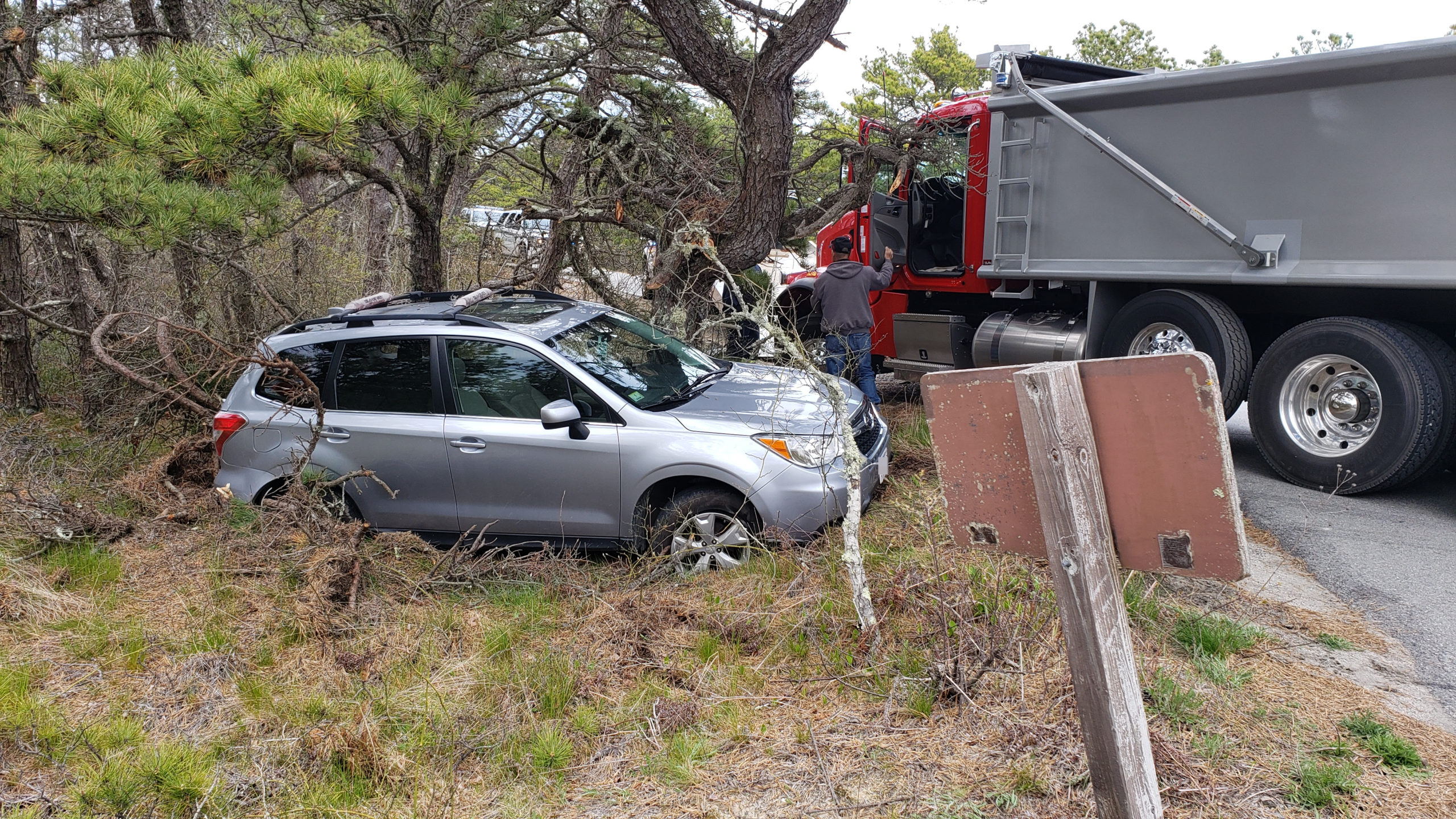

Tell them that you feel deeply about what they’re going through and that you’d like to give them some advice as to how they share their story. If you are close to them, consider having a conversation afterward or sending them a private message. Doing so will inform how you approach the problem. If you find yourself in a situation where someone close to you is trauma dumping, evaluate your relationship with that person. What can you do when you experience trauma dumping from someone else? This makes them particularly vulnerable to trauma dumping. Teens are especially susceptible to being taken advantage of, and on top of that, they are experiencing higher mental health issues. showed that during the COVID-19 pandemic, they experienced changes in their relationships - highly likely due to isolation - and these observed changes were associated with higher levels of depressive, anxious, and lonely feelings ( Rogers, A. A recent study that surveyed four-hundred teens in the U.S. Youth are also particularly susceptible to trauma dumping. The most susceptible to trauma dumping are arguably people who have experienced similar situations, as they could potentially be triggered. This is a toxic assumption that ends up being a neverending cycle. Trauma dumping assumes that the people suddenly engaging with painful details of an experience have the emotional capacity to contain it. And although seeking community and looking to be validated are incredibly important after a trauma, sharing distressing content without considering how it may negatively impact people who have experienced similar traumas is wrong and inconsiderate. I’d like to think that folks who trauma dump are looking to build community by sharing their experiences and the injustices or losses they’ve had to endure. Sharing stories around traumatic events in writing, video, or photographs can be very therapeutic to some folks, and it can certainly help build communities of people with shared experiences. Yes, people on the internet may be using very distressing content to elicit a response from mass audiences on purpose, but trauma dumping is not always intentional. I’d like to think that most people who trauma dump are not aware that they are actively doing it. Here is a little bit of insight to help identify trauma dumping and have conversations around it. There is a fine line between venting and trauma dumping, the former of which is healthy and is something that several people do with those close to them. This could look like scrolling through TikTok and coming across a video of someone detailing a recent trauma that you were not expecting or posting a video or photo of that distressing event. Trauma dumping can also happen from strangers, especially on the internet. In-person, it could look like getting together with a group of friends for lunch, during which one friend begins to give very explicit and detailed information about a recent traumatic event without considering the people around them. Trauma dumping can happen in several scenarios.

How many times have we felt forced to hear someone on Instagram or TikTok crudely describe experiences that are triggering? In these situations, the person or people listening (or reading) do not get the opportunity to consent or voice whether or not they want to hear about the details of that trauma.

Trauma dumping is exactly as it sounds - the act of bringing up traumatic events in casual conversation.


 0 kommentar(er)
0 kommentar(er)
